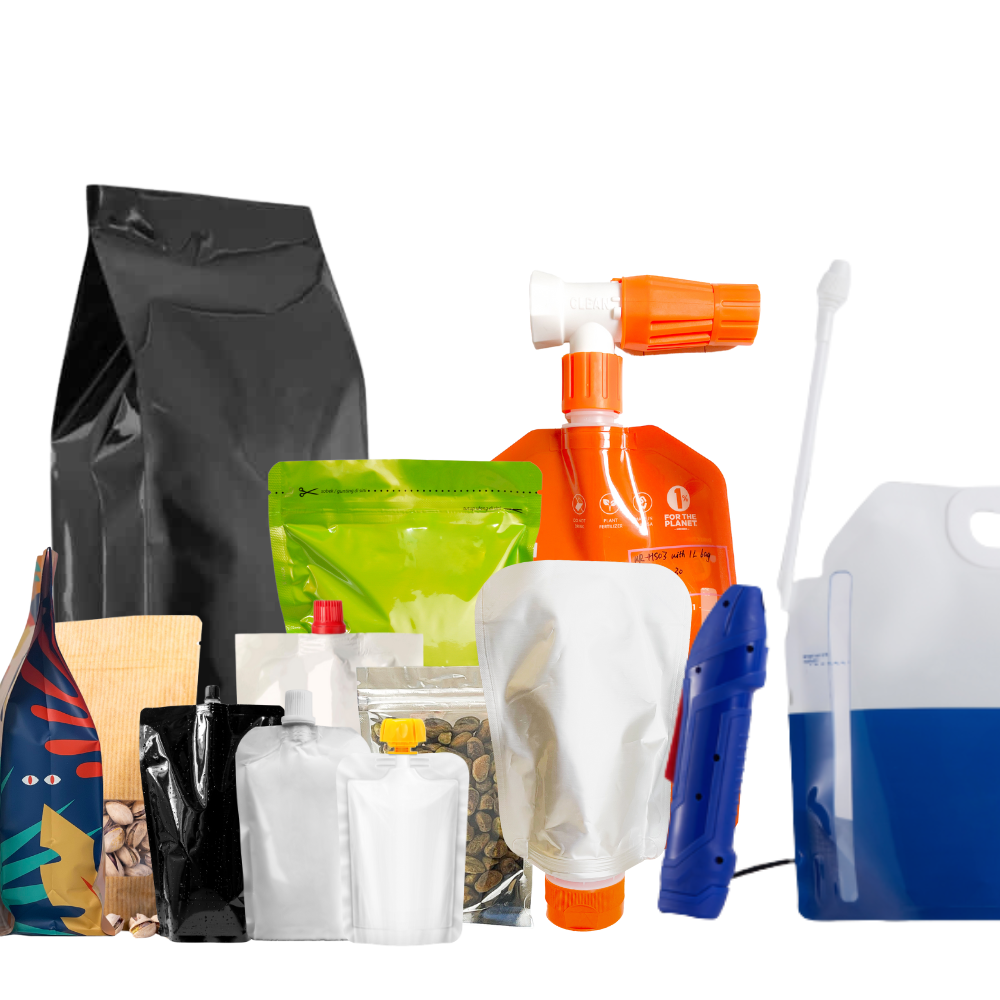Introduction
As climate change intensifies and consumers become more environmentally conscious, the pressure on industries to reduce environmental impact has never been greater. The flexible packaging market stands out as both a contributor to and a potential solution for the sustainability challenge. This blog explores how environmental responsibility is driving market transformation and opening new avenues for growth.
Market Trajectory
According to Flair Insights, the flexible packaging market is projected to grow from USD 248.8 billion in 2023 to USD 315.2 billion by 2030, with sustainability serving as a critical accelerator. Flexible packaging’s ability to deliver lightweight, resource-efficient, and increasingly recyclable solutions makes it integral to green supply chains.
Sustainability-Centric Market Drivers
1. Resource Efficiency
Flexible packaging uses 30–70% less material than rigid packaging. Its lighter weight means lower fuel consumption during transportation and reduced carbon emissions across the lifecycle.
2. Recyclability and Compostability
The shift to monomaterial films, biodegradable plastics, and paper-based laminates supports circular economy goals. Although recycling infrastructure still lags in many regions, ongoing innovations are improving recyclability outcomes.
3. Corporate ESG Commitments
Major brands are committing to ambitious ESG goals, often targeting 100% recyclable or compostable packaging by 2025 or 2030. Flexible packaging enables these transitions through design-for-recovery strategies.
Challenges to Sustainability Integration
- Recycling Infrastructure Gaps: Many municipalities lack the ability to process multilayer films.
- Material Innovation Cost: Bioplastics and paper laminates remain costlier than conventional plastic.
- Greenwashing Concerns: Transparency and standards are essential to prevent misleading sustainability claims.
Emerging Opportunities
- Compostable Packaging for Food: Reduces landfill waste while maintaining food safety.
- Zero-Waste Retail Models: Flexible packaging aligns with refill and reuse schemes.
- Government Legislation: Plastic taxes and EPR regulations are accelerating adoption of flexible formats.
Regional Sustainability Momentum
- Europe is leading with aggressive sustainability regulations and innovation grants.
- Asia-Pacific is catching up, driven by growing urban waste issues and consumer activism.
- North America shows mixed progress but increasing private-sector momentum.
Conclusion
Flexible packaging sits at the nexus of sustainability, innovation, and consumer demand. As global awareness and regulations mount, companies investing in eco-conscious packaging solutions will not only reduce their environmental footprint but also gain a reputational edge in a highly competitive market.

